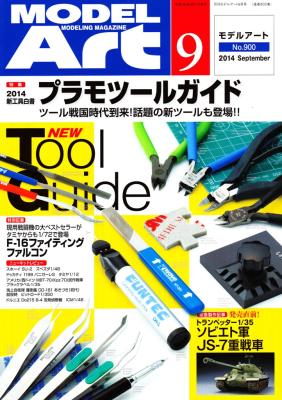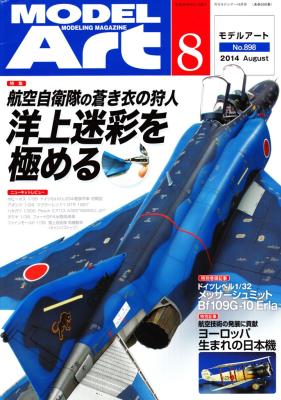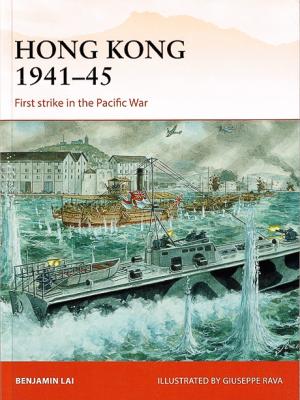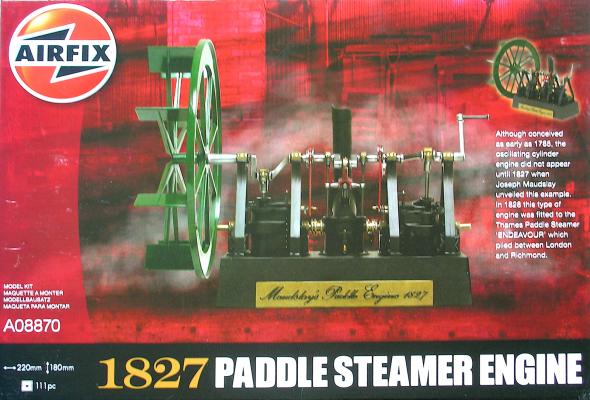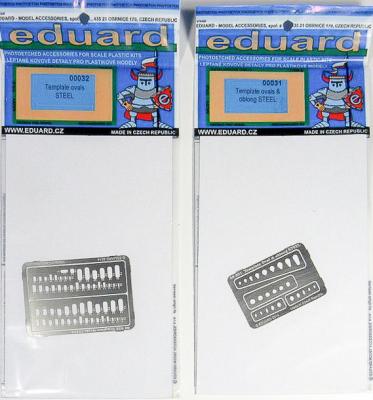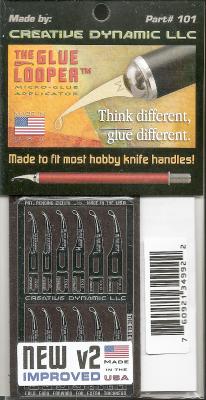Model Art Magazine is a monthly magazine that covers aircraft, armor, ships and car modeling. Model Art started releasing magazines in 1966 and has evolved from there over the past forty eight years.
The September issue starts off with several small articles which include the IJA/N Airplane Illustrated and a build article on the Trumpeter 1/35 Soviet JS-7 Heavy Tank which includes a walk around on a actual vehicle in a museum and the history of Russian and American heavy tanks.
The main article this month features tools. What modeler doesn't like tools? The article consists of thirty three pages of pictures of tools and a brief description of what it does and price. The tools in the article range from colored pencils, files, trimmers, drills, solvents, lights, sandpaper, saws, tweezers and punches.

